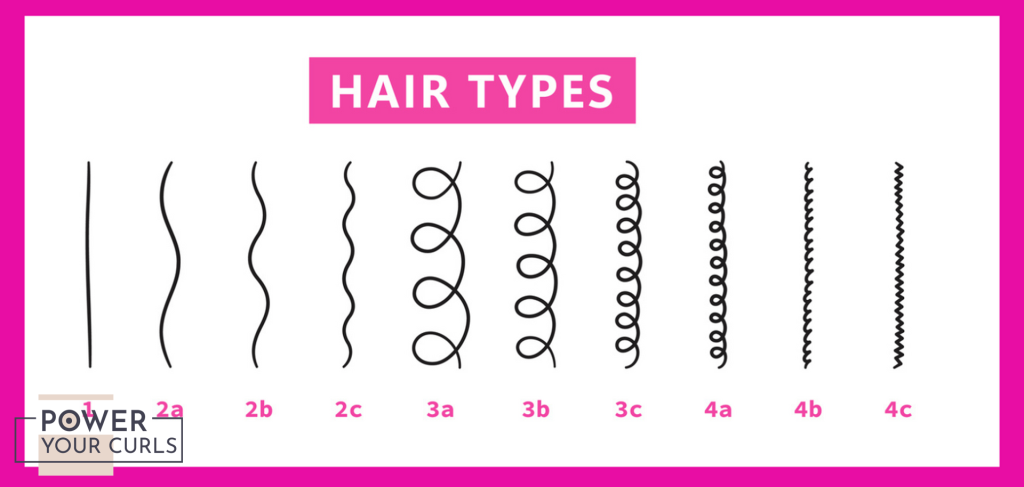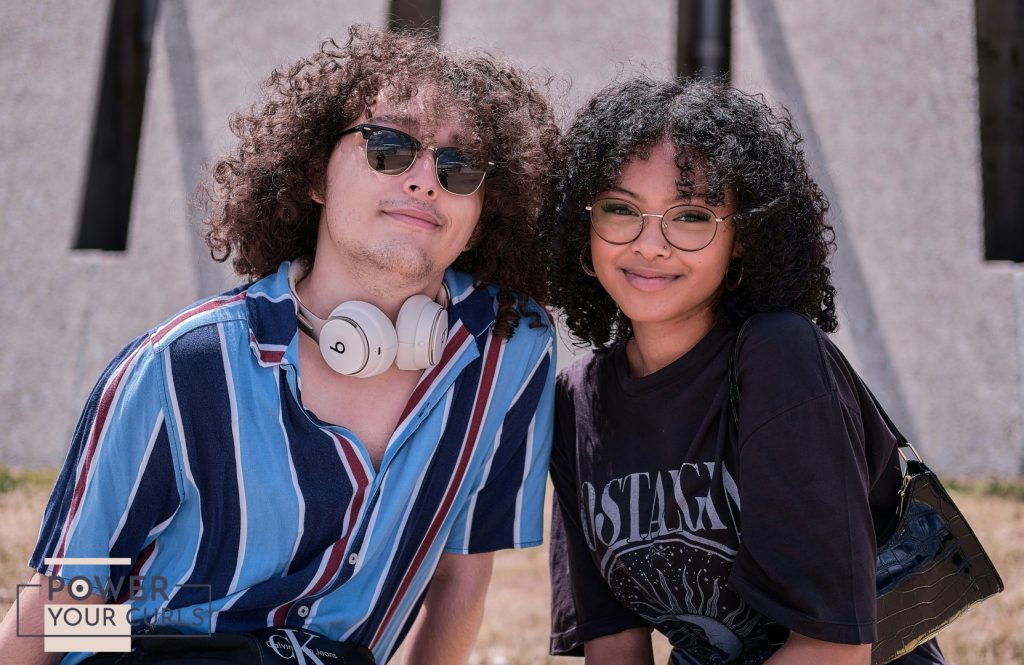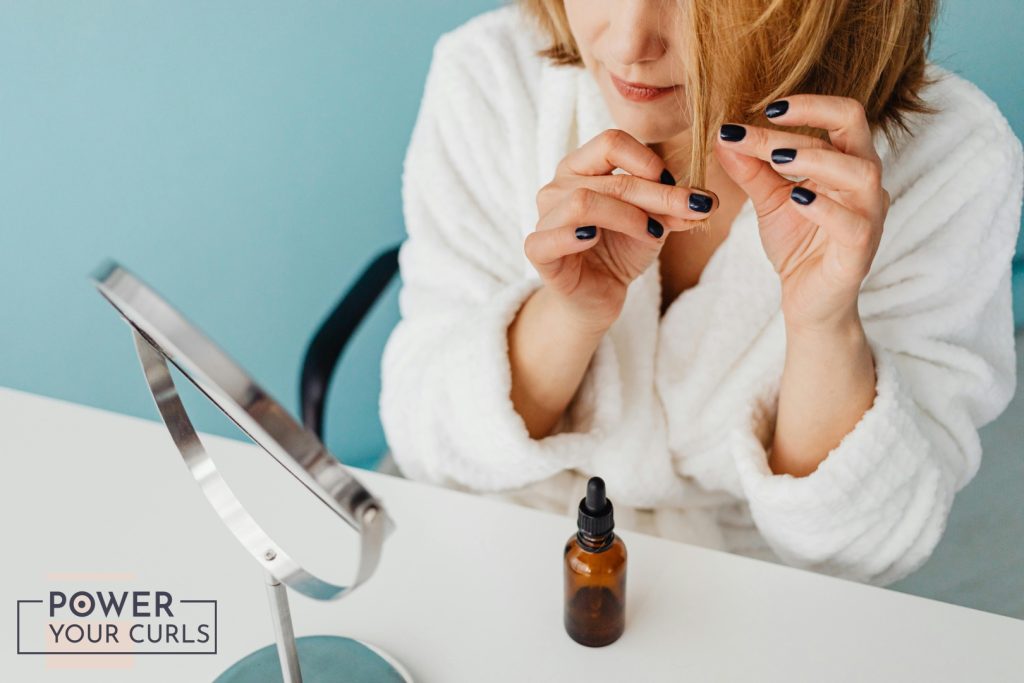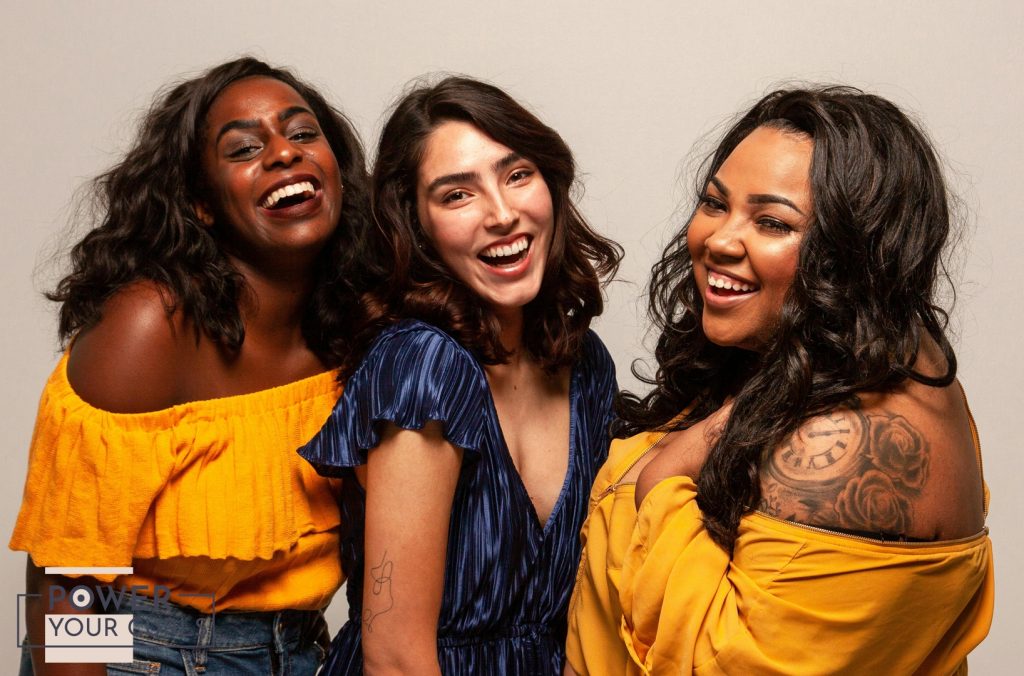Curly hair is more than just a style — it’s a genetic trait that varies widely across the globe.
From the tight coils found across parts of Africa to the soft waves common in Europe and Latin America, hair texture tells a fascinating story of evolution, climate adaptation, and cultural identity. According to genetic and population studies, over 40% of the world’s population has some degree of curl in their hair, though prevalence differs sharply by region.
This article explores curly hair prevalence by country, supported by map-based data visualizations, and breaks down the different curl types — from wavy (Type 2) to coily (Type 4) — offering a data-driven look at how our roots define our unique beauty worldwide.
What Does Curly Hair Mean?
Curly hair refers to a natural hair texture characterized by strands that grow in waves, spirals, or coils instead of straight lines. The curl pattern is determined by the shape of the hair follicle and the way keratin (a structural protein) forms within each strand. Round follicles typically produce straight hair, while oval or asymmetrical follicles create curls.
The degree of curl can range from loose waves to tight coils, often categorized into types (2A–4C) based on texture and shape. Curly hair tends to be more voluminous and dry than straight hair due to the natural bends that limit oil distribution along the strand.
Curly Hair Facts
Curly hair is not just about looks — it’s a blend of fascinating genetics, biology, and culture. From its formation to its behavior, curls reveal a great deal about human diversity and adaptation.

Here are some fun and science-backed facts about curly hair:
- Around 11% of the global population has naturally curly hair, though the percentage is much higher in certain regions like Africa and Latin America.
- The shape of the follicle determines curl pattern — the more oval the follicle, the curlier the hair.
- Curly hair tends to be drier because scalp oils struggle to travel down the spiraled strands.
- People with curly hair have more protein bonds (disulfide bonds) within each strand, which gives curls their structure and resilience.
- Humidity can make curly hair frizzier because water molecules disrupt the hydrogen bonds that shape the curls.
- On average, curly hair appears shorter than it actually is — a phenomenon known as “shrinkage.”
- Ancient art and sculptures often depicted curls as a symbol of power, creativity, and individuality.
- Genetic studies show curly hair is often linked to specific variations in the trichohyalin (TCHH) gene.
- Curly hair can reflect light differently, often giving it a richer, more dimensional look than straight hair.
- The world’s most common curl type is Type 3A–3B, featuring loose to medium spirals.
Curly Hair Types & Patterns
Curly hair comes in a wide range of shapes and textures, from gentle waves to tight, springy coils. The most common classification system, created by stylist Andre Walker, divides curly hair into four main types (1–4), with subcategories (A–C) that define curl tightness and texture.

Here’s a breakdown of each type and pattern:
- Type 1: Straight Hair – Naturally smooth and lacks curl or wave. The strands reflect light easily, giving it a shiny appearance, but it can become oily faster than other types.
- Type 2: Wavy Hair – Falls between straight and curly, forming gentle “S” patterns.
- 2A: Loose, fine waves with minimal volume.
- 2B: More defined waves with slight frizz.
- 2C: Thick, deep waves that start curling closer to the roots.
- Type 3: Curly Hair – Forms distinct spiral curls that range from loose loops to tight ringlets.
- 3A: Large, shiny curls with a smooth texture.
- 3B: Springy, well-defined ringlets with medium coarseness.
- 3C: Tight, corkscrew curls that create lots of volume and density.
- Type 4: Coily or Kinky Hair – The curliest of all, with tightly wound curls or zigzag patterns.
- 4A: Dense, small coils that form an “S” shape when stretched.
- 4B: Z-shaped, less defined curls that shrink significantly when dry.
- 4C: Extremely tight, fragile curls with little visible definition — rich in volume and texture.
Curly Hair Prevalence Map
Curly hair prevalence varies significantly around the world, shaped by genetics, climate, and ancestry. Regions with higher humidity and diverse genetic backgrounds often show a greater proportion of curly or coily hair types.
The table below highlights the estimated percentage of people with naturally curly hair across major global regions. Sub-Saharan Africa shows the highest prevalence at 92%, while East Asia has the lowest at 4%, reflecting the global diversity of hair textures.
Curly Hair Prevalence by Country
The prevalence of curly hair varies greatly around the world due to differences in genetics, ethnicity, and environmental adaptations. Countries with diverse genetic backgrounds, such as Brazil and South Africa, show a much higher rate of curly hair compared to East Asian nations, where straight hair is genetically dominant.
The table below presents data-driven estimates of curly hair prevalence across several countries. South Africa and Brazil top the list with the highest percentages, while Japan and China record the lowest, highlighting the vast global diversity in hair texture.
Curly Hair Prevalence by Gender
Curly hair occurs in both men and women, but studies suggest it may be slightly more common among females in some populations. Genetics largely determines curl patterns, but hormonal and environmental factors can influence hair texture, leading to minor differences between genders.

The table below shows approximate global estimates of curly hair prevalence by gender. Women tend to have a higher percentage of curly hair than men, reflecting subtle biological and genetic variations across populations.
Curly Hair Prevalence by Age Group
Curly hair prevalence changes slightly with age, influenced by genetics, hormonal shifts, and environmental factors. Younger populations tend to have a slightly higher proportion of curly hair, while the prevalence gradually decreases in older age groups.
The table below shows estimated percentages of people with naturally curly hair across different age groups. Prevalence peaks in young adults (20–29 years) at 28% and gradually declines in older adults, reaching 18% in those aged 50 and above.
Natural Curly Hair Color Statistics
Natural hair color varies widely across the world, with most people having darker shades and lighter colors being far less common. Among curly-haired individuals, black and brown shades dominate, while blonde and red are relatively rare, reflecting global genetic patterns.
The table below presents the estimated global distribution of natural hair colors. Dark hair (black or very dark brown) accounts for the vast majority at ~85%, followed by brown at ~11%, with blonde and red hair together making up less than 5% of the population.
How to Keep Curly Hair Healthy?
Curly hair is naturally stunning but more delicate than straight strands due to its spiral shape, which makes it harder for natural oils to travel from root to tip. With the right care, you can keep your curls hydrated, bouncy, and full of life.

Here are the best proven ways to maintain healthy curls:
- Moisturize regularly – Curly hair thrives on moisture. Use a hydrating shampoo and conditioner formulated for curls, and never skip conditioning after washing to prevent dryness and frizz.
- Avoid harsh sulfates – Sulfates can strip away the hair’s natural oils, leaving curls brittle and dry. Opt for sulfate-free cleansers or co-washing (using conditioner to wash) to preserve moisture balance.
- Use a leave-in conditioner – A good leave-in adds an extra layer of hydration, detangles easily, and keeps curls defined throughout the day without weighing them down.
- Detangle gently – Always detangle when your hair is wet and coated with conditioner using a wide-tooth comb or your fingers to prevent breakage and maintain curl shape.
- Limit heat styling – Excessive heat can damage the curl pattern. Try air-drying or use a diffuser on low heat, and always apply a heat protectant if you must style with heat.
- Sleep on satin or silk – These materials reduce friction and prevent tangling or frizz while you sleep, helping your curls stay smooth and intact overnight.
- Trim regularly – Getting trims every 8–12 weeks helps remove split ends, prevents tangling, and keeps your curls looking healthy and defined.
- Seal in moisture with natural oils – After applying conditioner or curl cream, seal in hydration with lightweight oils like argan, jojoba, or coconut oil for added shine and softness.
- Protect from humidity – Humid air can cause curls to swell and frizz. Use an anti-frizz serum or glycerin-free curl cream to create a protective barrier against moisture in the air.
- Deep condition weekly – A weekly deep-conditioning or hair mask treatment restores lost nutrients, improves elasticity, and strengthens hair from the inside out for more resilient curls.
Conclusion
Curly hair is a fascinating reflection of human diversity, shaped by genetics, environment, and cultural heritage. From the tight coils of Sub-Saharan Africa to the soft waves of Europe and the Americas, every curl carries a story of adaptation and identity.

Its prevalence, types, colors, and unique care needs reveal not only the science behind these beautiful textures but also the ways we can celebrate and nurture them.
By understanding curly hair in all its forms, we can appreciate its individuality, care for it properly, and recognize the richness it brings to global beauty.
